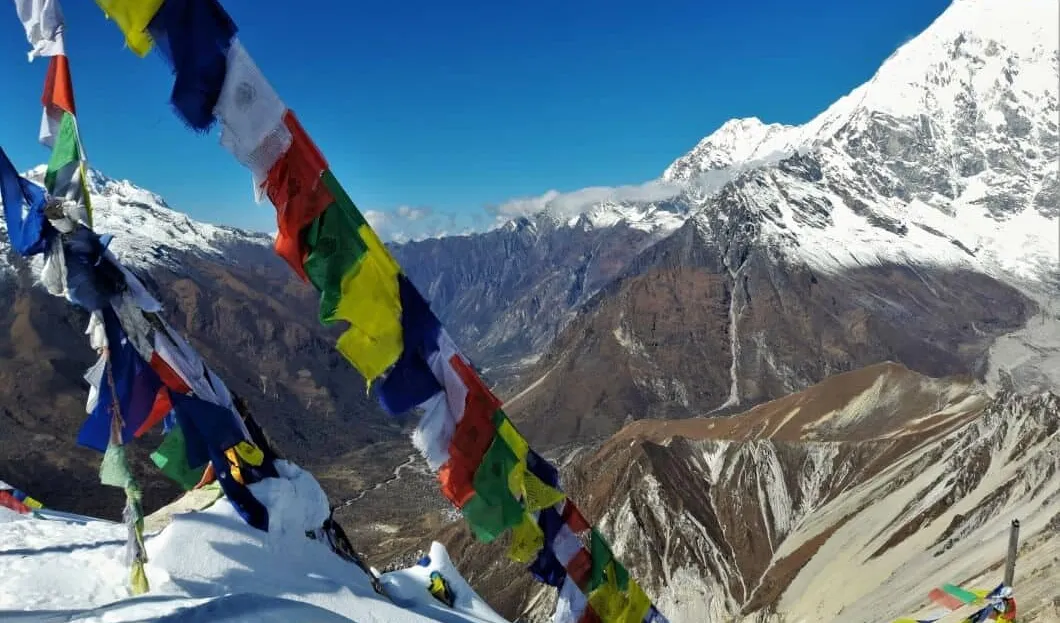
In the Himalayas, winter should bring a thick blanket of snow. Still, Gulmarg, one of the highest ski resorts in the world (between 2650 and 3980 m above sea level), located in Indian Kashmir, is desperately waiting for the thousands of tourists it usually attracts.
This year, the usual powder that covers the region is missing. The mountain slopes are brown and bare, which is an exceptional weather condition linked, according to experts, to global warming.
The lack of snow affects the ski sector and worries agriculture, which is the pillar of the economy in Indian Kashmir.
80% Less Rain Compared to Previous Years
The ski lifts and rental shops are closed, and a new ice rink looks like a swimming pool. The currently observed dry spell is an extreme weather event that is expected to become more intense and more frequent.
In this region, a separatist insurgency lasted for several decades. Military operations eventually suppressed it at the cost of tens of thousands of lives of civilians, soldiers, and rebels. Once the insurgency subsided, India promoted tourism in these magnificent mountain landscapes.
However, due to the lack of snow, tourism in Gulmarg has suffered a significant setback, with hotel reservations plummeting by 75%. As a result, hundreds of guides and snowmobile drivers are currently unemployed and waiting for work opportunities.
The region has experienced a significant lack of rainfall this year, and temperatures have been, on average, six degrees Celsius warmer than usual since last autumn, according to the weather service. Kashmir witnessed a significant drop in rainfall last month—80% lower than in previous years. The rare snow showers that occurred in Gulmarg soon melted away.
Trees in Bloom Two Months Early
The Ministry of Earth Sciences in India predicted that global warming will have a severe impact on the Himalayas and Kashmir, according to a report from 2020. The United Nations World Meteorological Organization recently announced that 2023 was the hottest year on record, with an average global temperature of 1.45 degrees Celsius above pre-industrial levels.
In Kashmir, the effects of climate change are already visible, with the once picturesque landscape of Gulmarg now brown and dull. This has led to a decline in the ski industry and the local residents' concern about a potential water shortage that could be catastrophic for the agriculture industry. A climatologist, Shakil Romshoo, has warned that Kashmir will likely face more frequent and extended periods of drought in the future.












